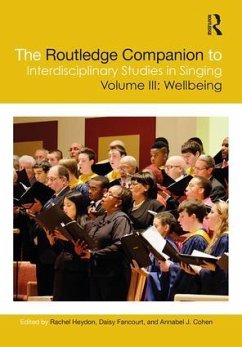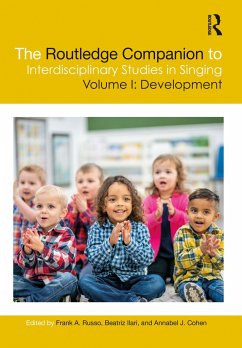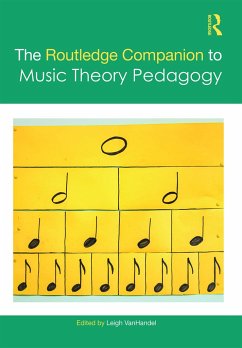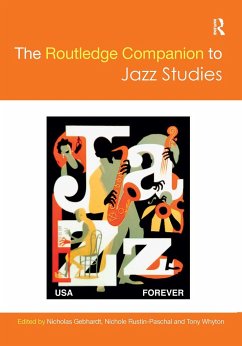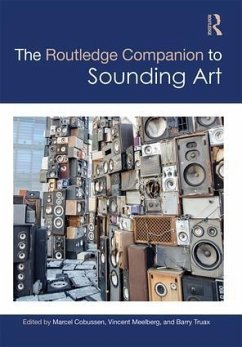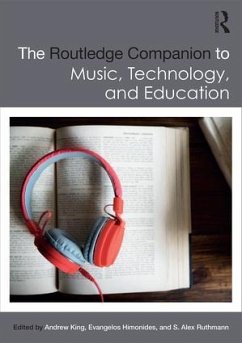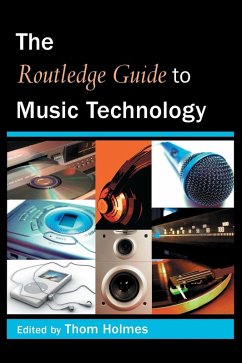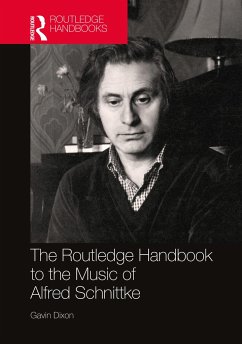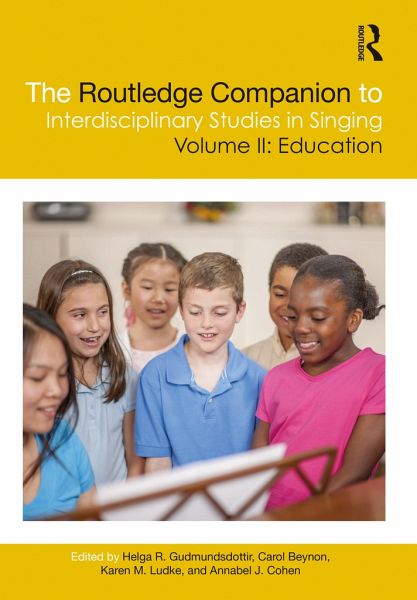
The Routledge Companion to Interdisciplinary Studies in Singing, Volume II
Education
Herausgeber: Gudmundsdottir, Helga R.; Ludke, Karen; Beynon, Carol
Versandkostenfrei!
Versandfertig in 1-2 Wochen
258,99 €
inkl. MwSt.
Weitere Ausgaben:

PAYBACK Punkte
129 °P sammeln!
The Routledge Companion to Interdisciplinary Studies in Singing, Volume II: Education examines the many methods and motivations for vocal pedagogy, promoting singing not just as an art form but also as a means of communication with social, psychological, and didactic functions.





